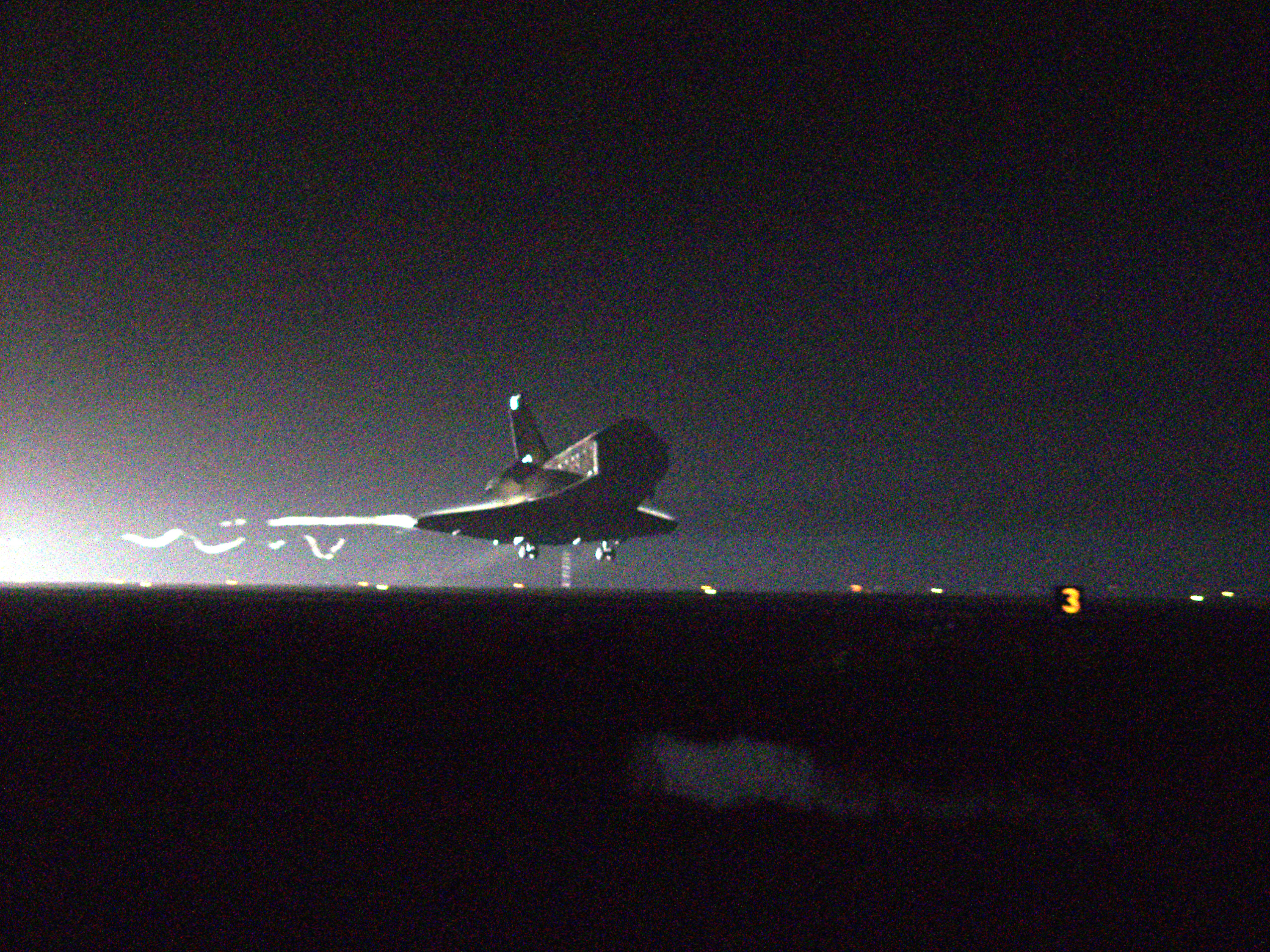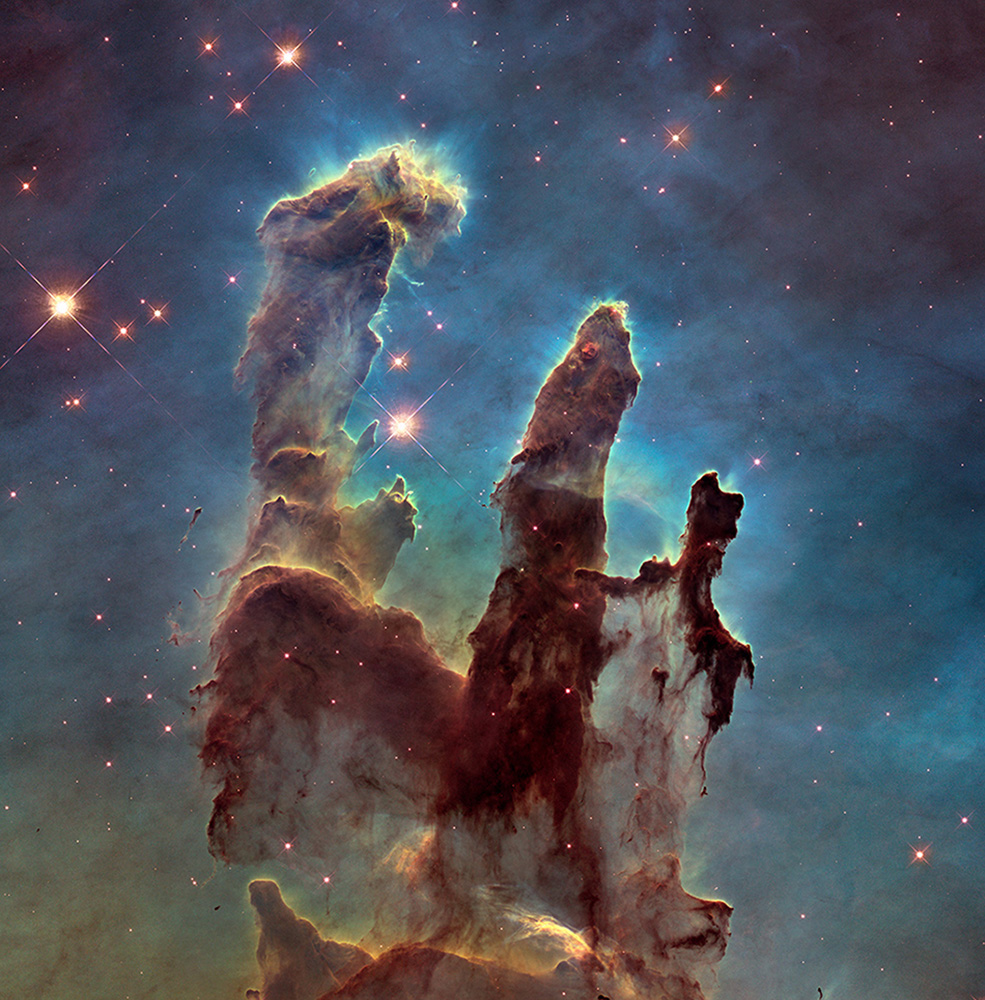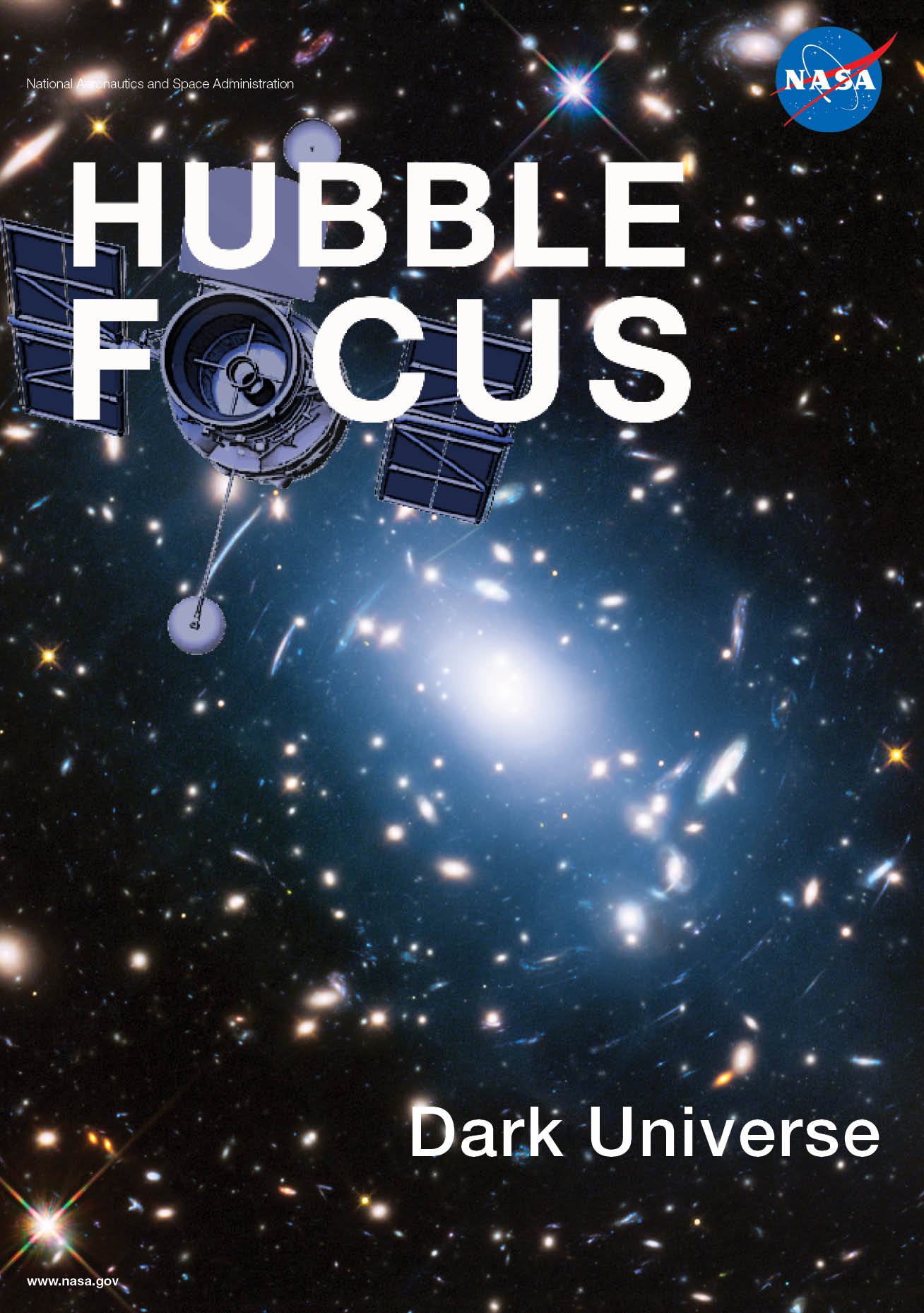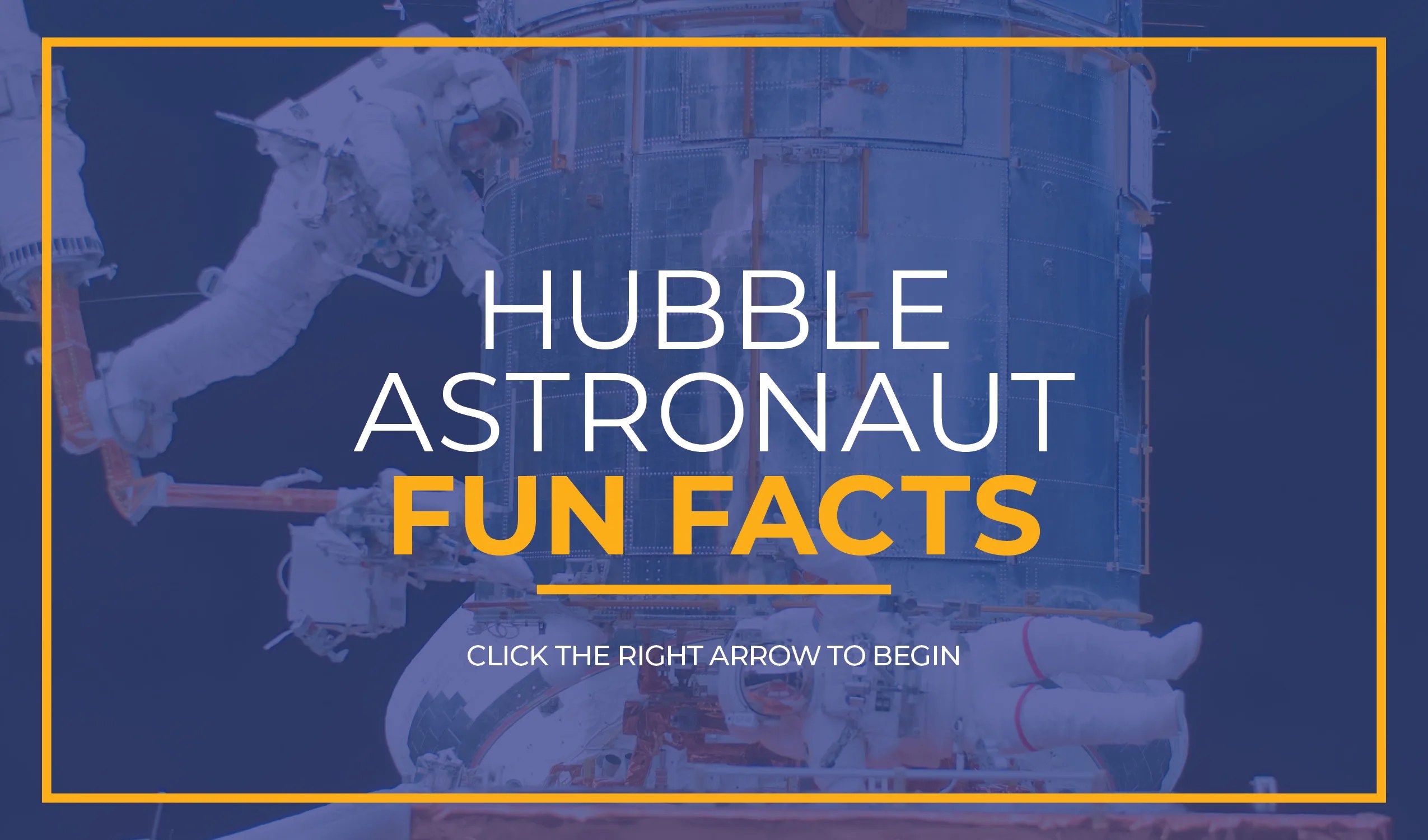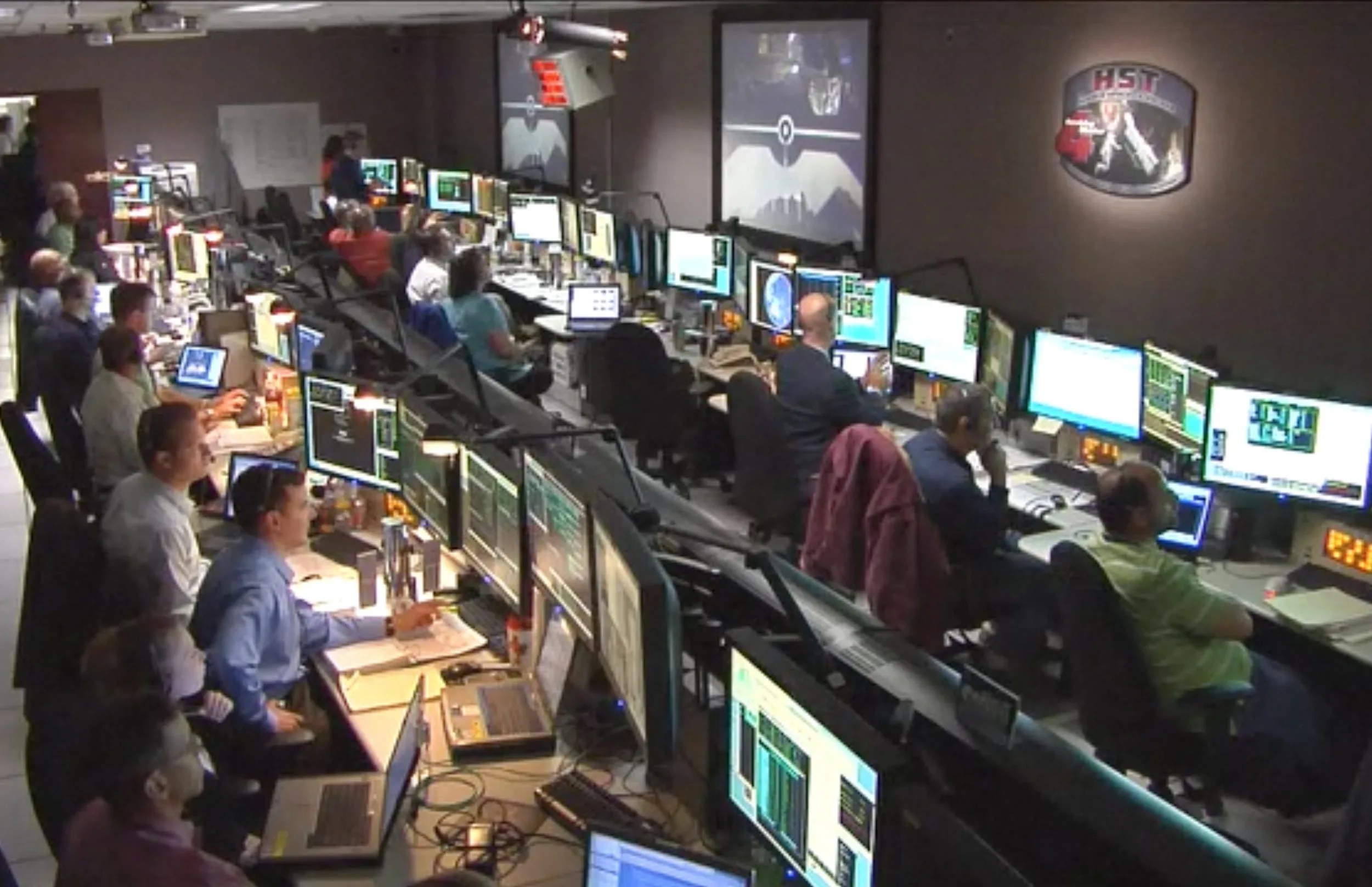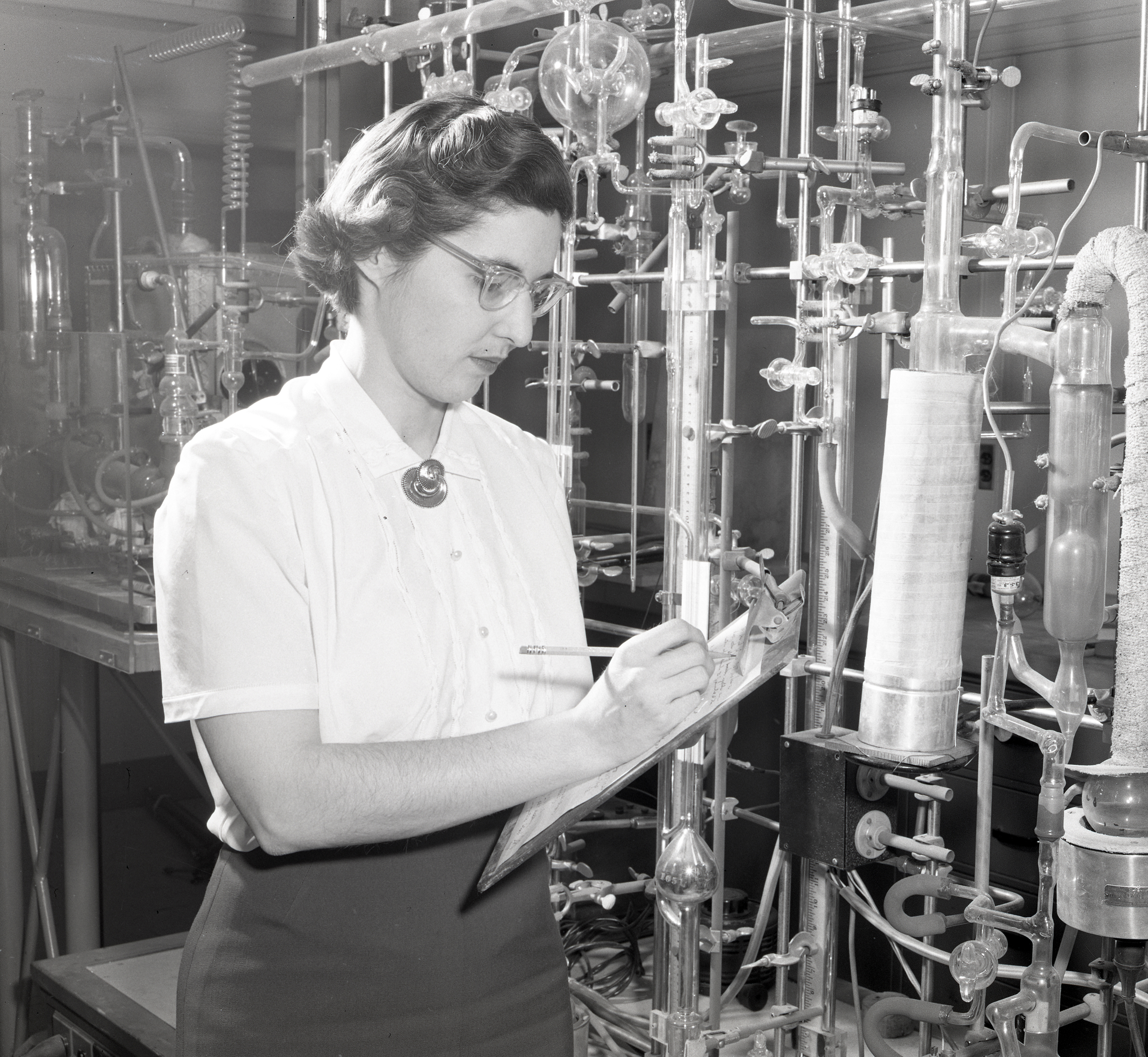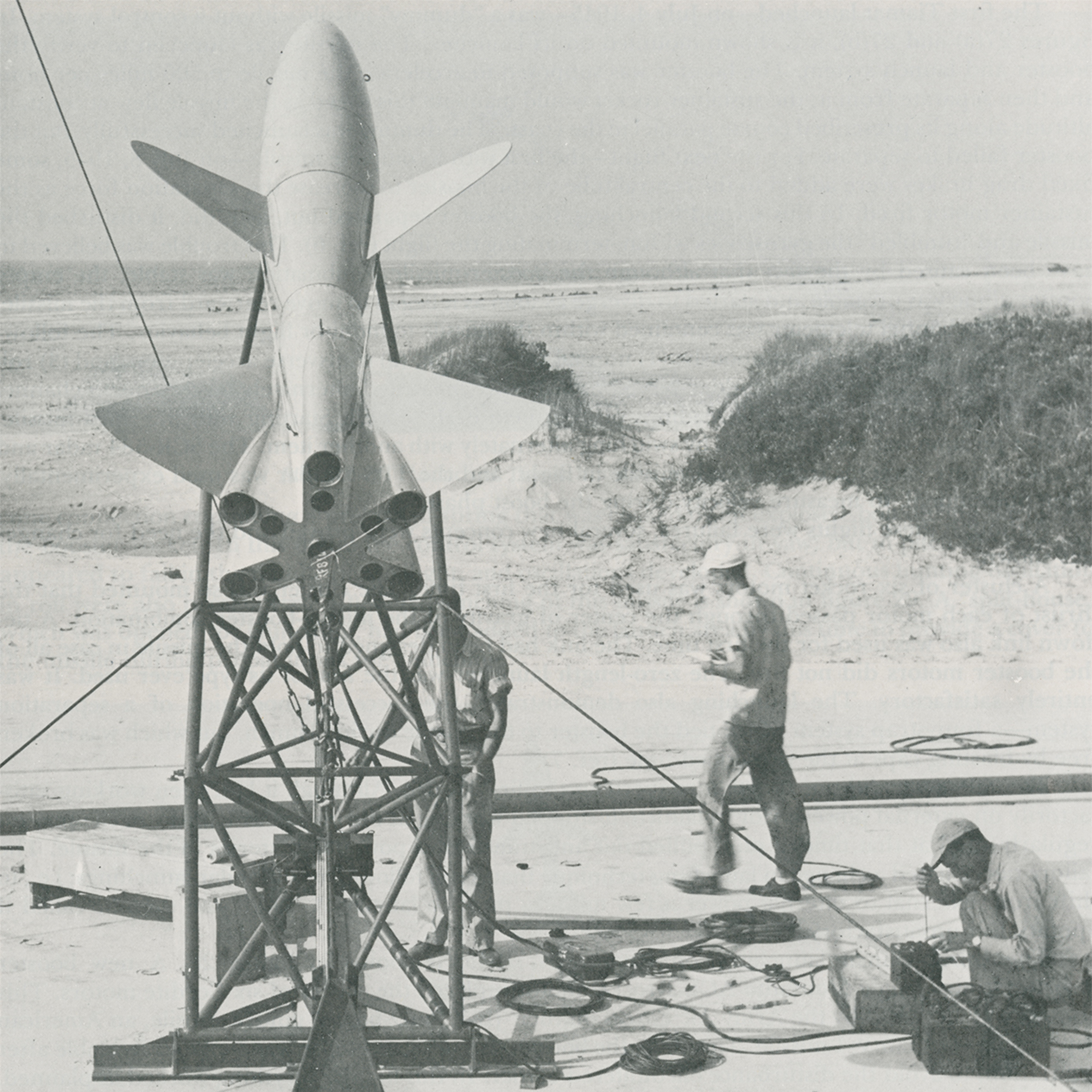2002
Servicing Mission 3B
March 1-12, 2002
During SM3B, astronauts replaced Hubble's solar panels and installed the Advanced Camera for Surveys, which took the place of Hubble's Faint Object Camera, the telescope's last original instrument.
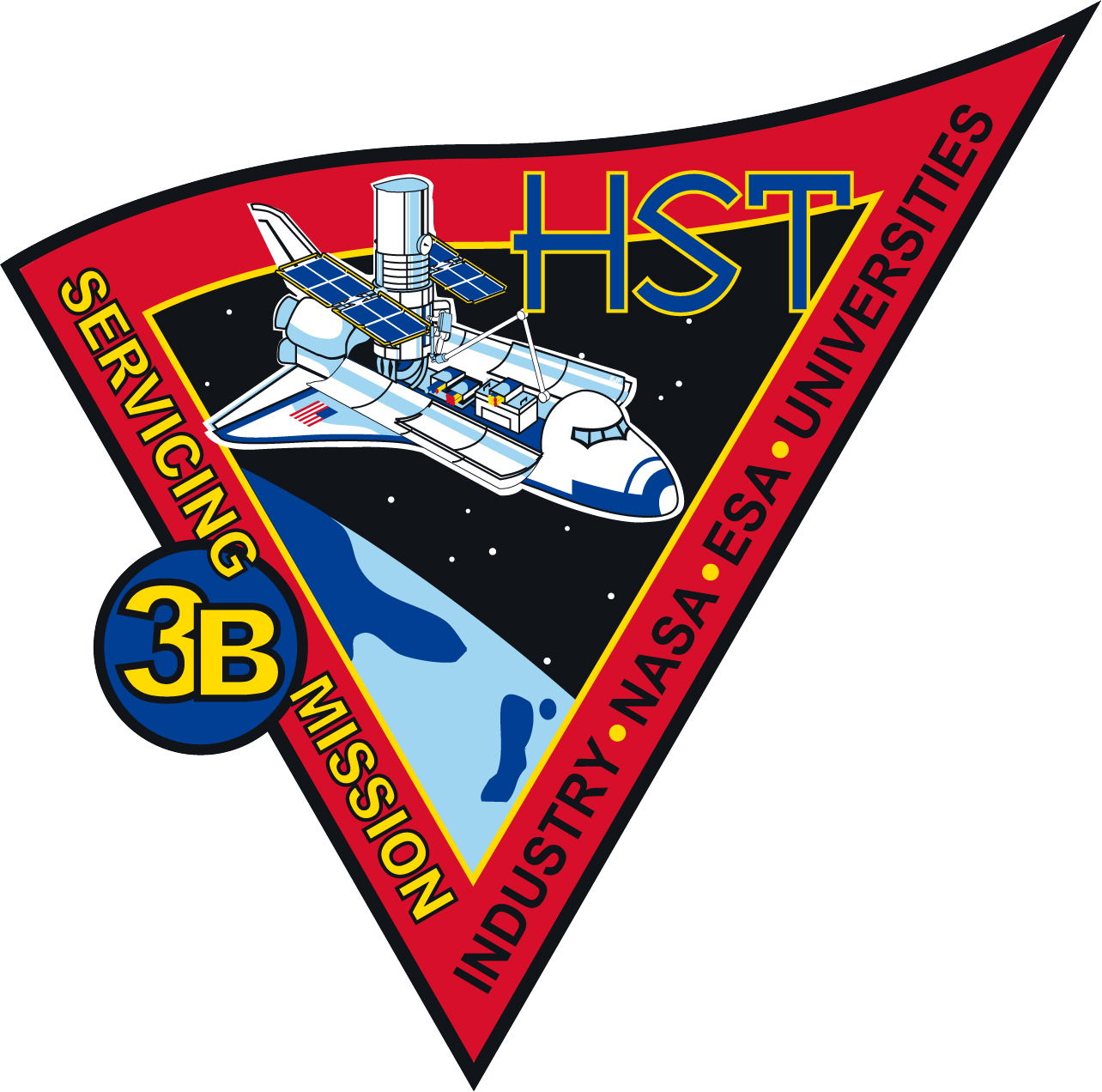
March 1, 2002 – Launch of Servicing Mission 3B
At 5:22 a.m. ET, the Space Shuttle Columbia launched from Kennedy Space Center in Florida with seven astronauts aboard.
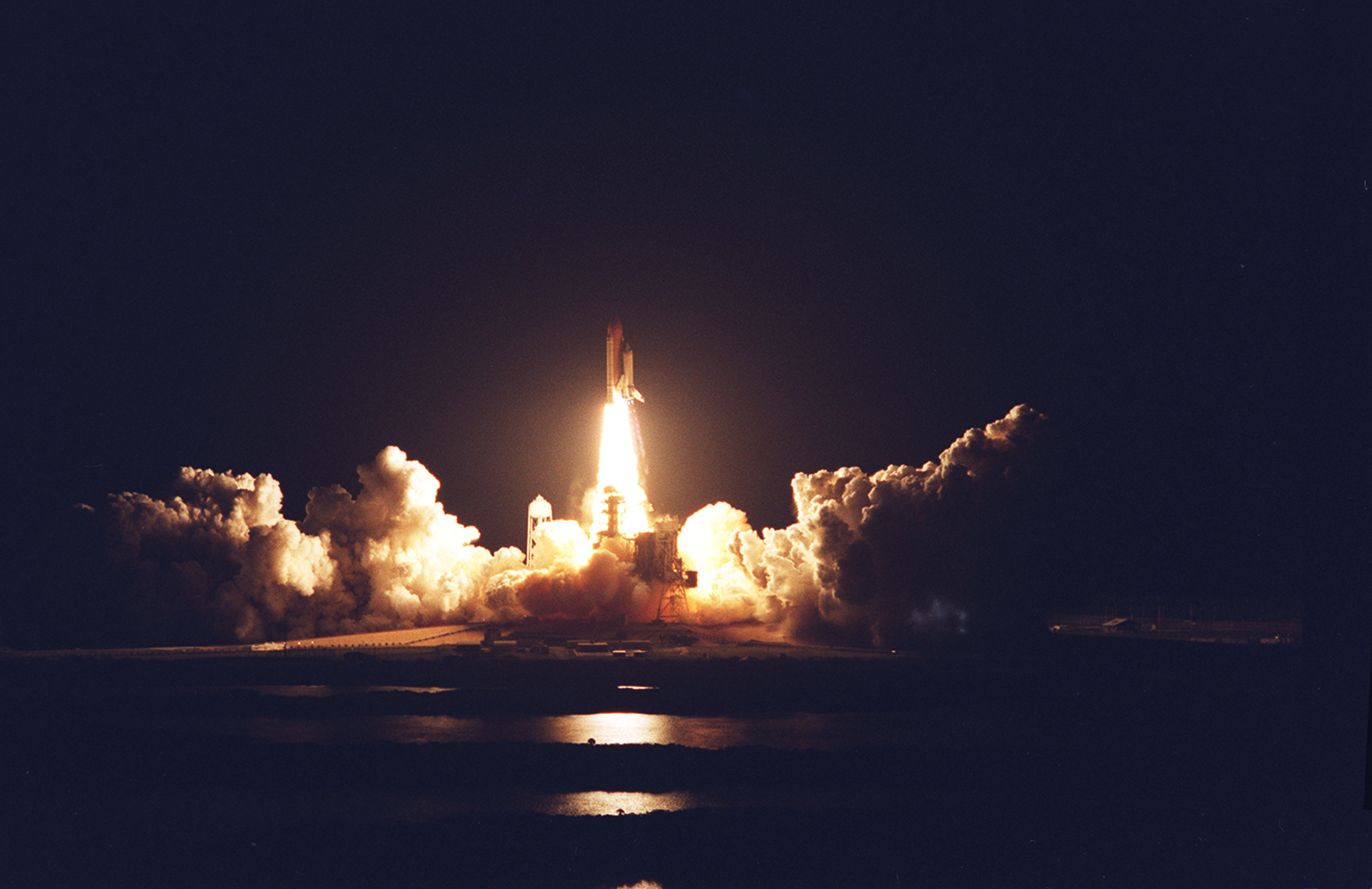
March 3, 2002 – Hubble Captured and Secured in the Cargo Bay
The crew used Columbia's robotic arm to gently dock Hubble in the shuttle’s cargo bay so that his crewmates could work on the telescope.
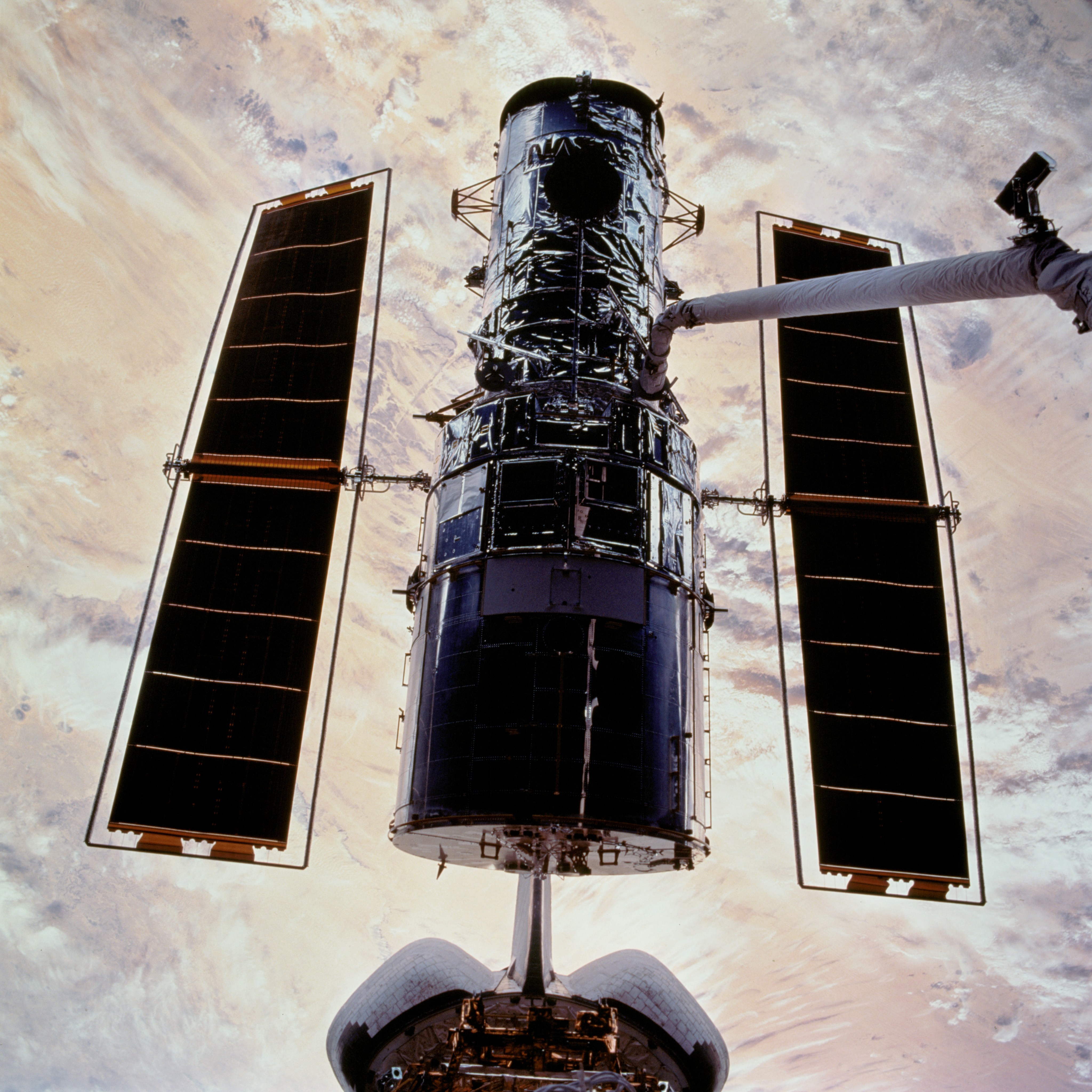
March 4, 2002 – First Spacewalk
Astronauts Rick Linnehan and John Grunsfeld conducted the mission's first spacewalk and replaced Hubble's starboard solar array.
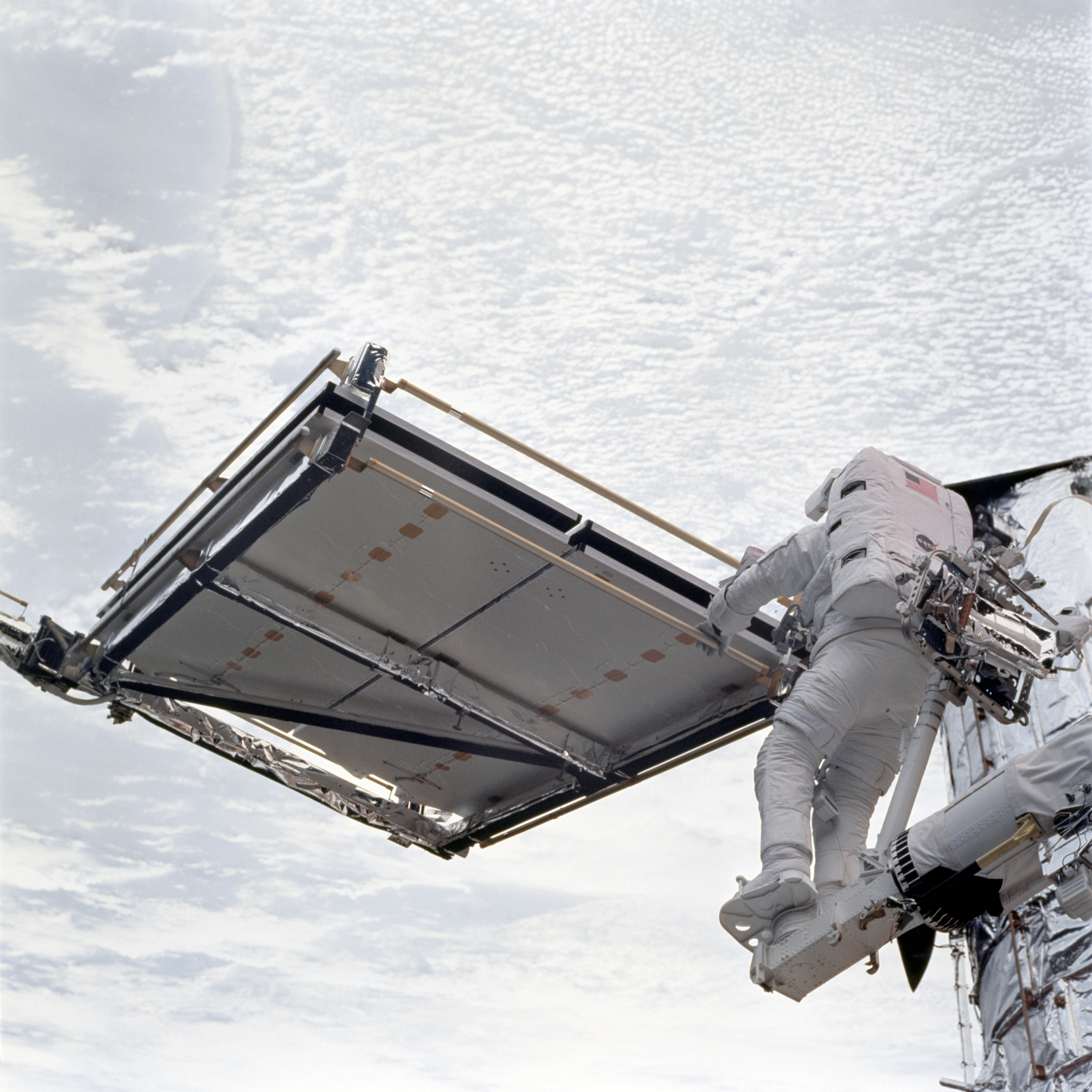
March 5, 2002 – Second Spacewalk
Astronauts James Newman and Michael Massimino finished installing new solar arrays on Hubble, which provided more power to the observatory. They also changed out one of Hubble's four Reaction Wheel Assemblies that use spin momentum to turn Hubble and keep it steady.
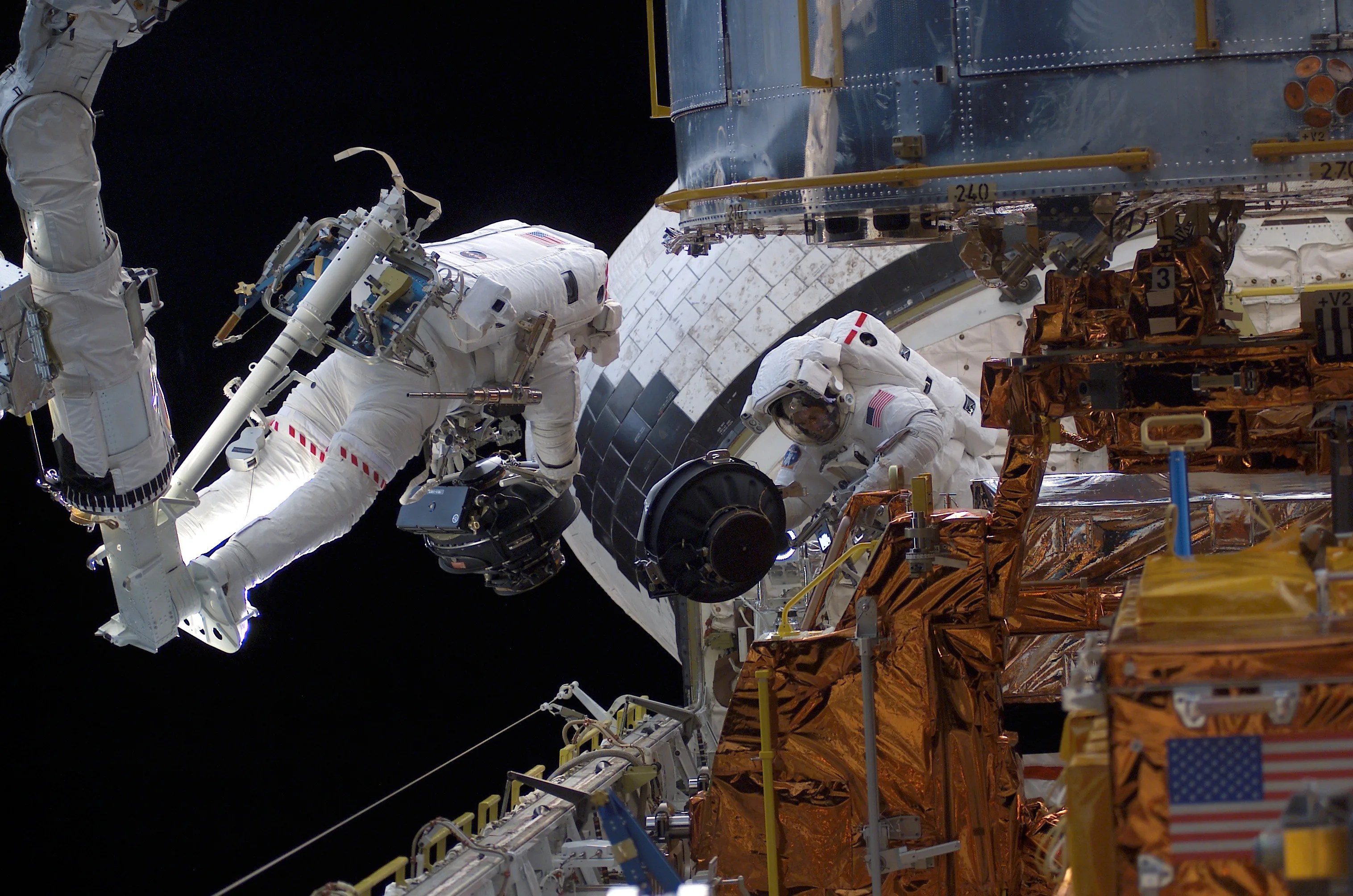
March 6, 2002 – Third Spacewalk
For the first time in Hubble's history, the telescope was completely powered down so that astronauts John Grunsfeld and Rick Linnehan could install a new Power Control Unit. This replacement PCU allows astronomers to take full advantage of extra power generated by the new solar arrays.
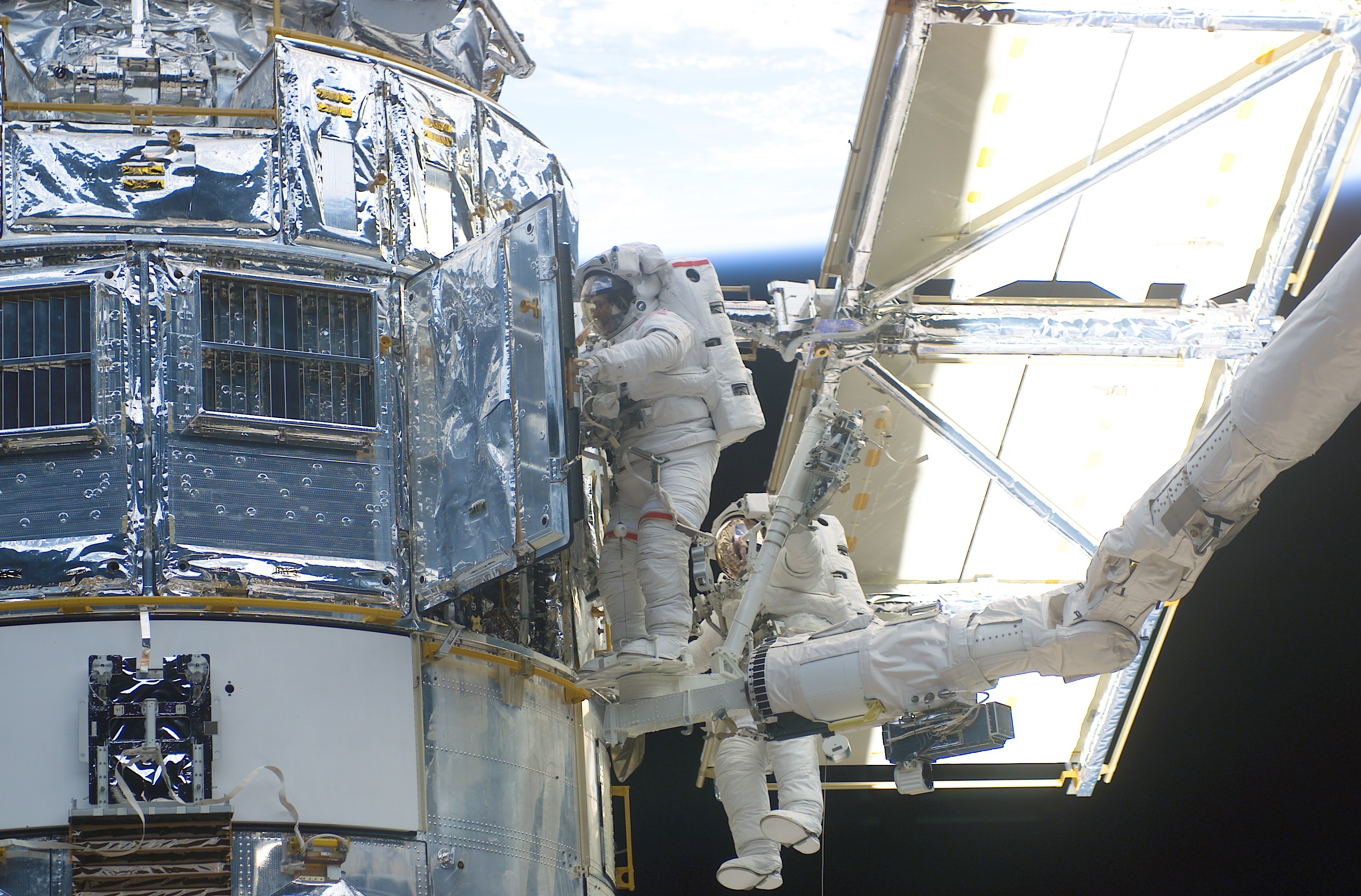
March 7, 2002 – Fourth Spacewalk
On the fourth spacewalk of the mission, the Advanced Camera for Surveys was installed by astronauts James Newman and Michael Massimino. This powerful instrument has delivered spectacular images of the universe and is expected to generate more discoveries for years to come.
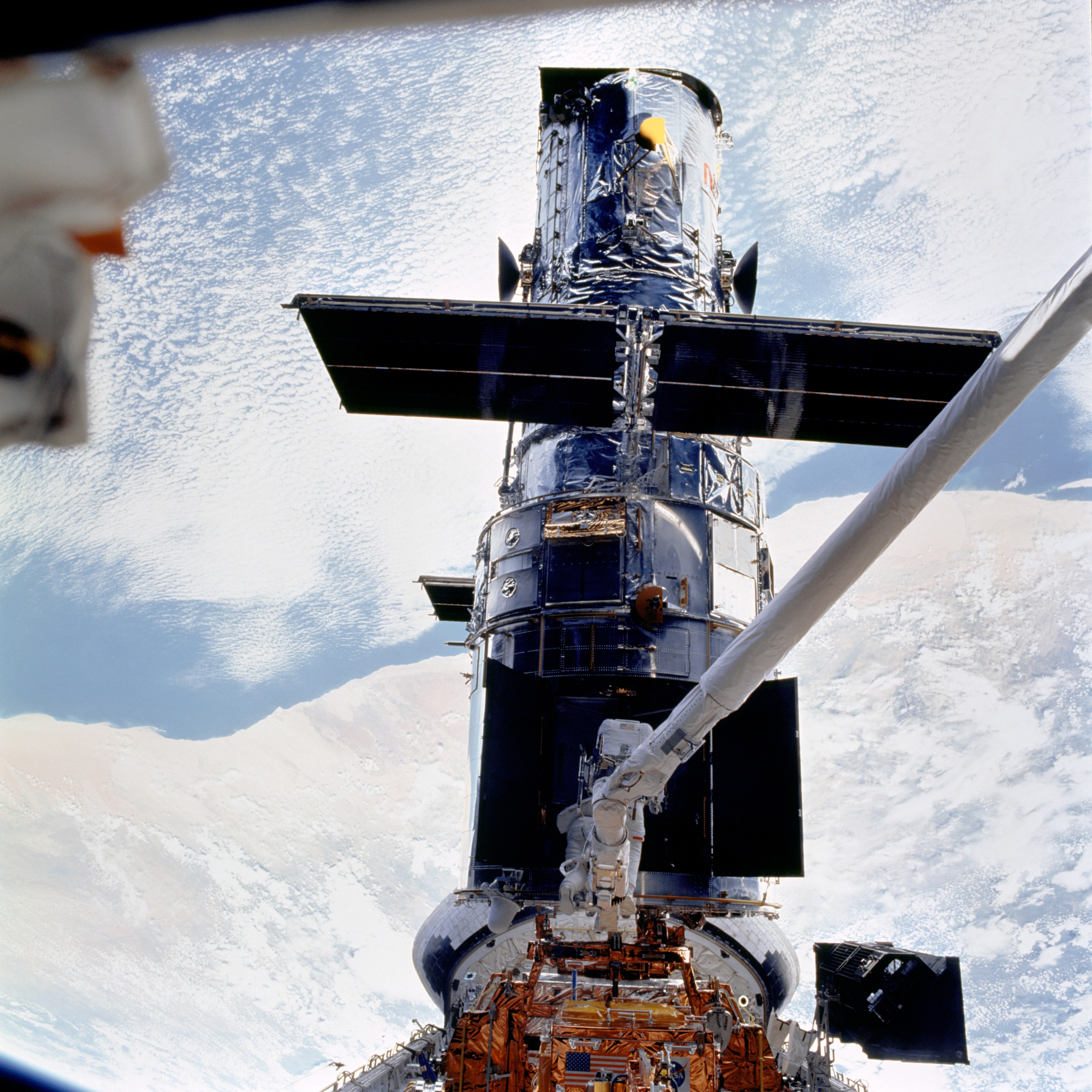
March 8, 2002 – Final Spacewalk
During the fifth and final spacewalk of the mission, the Near Infrared Camera and Multi-Object Spectrometer was revived by astronauts John Grunsfeld and Rick Linnehan with their completion of the installation of an experimental cooling system. NICMOS remained operational until 2008.
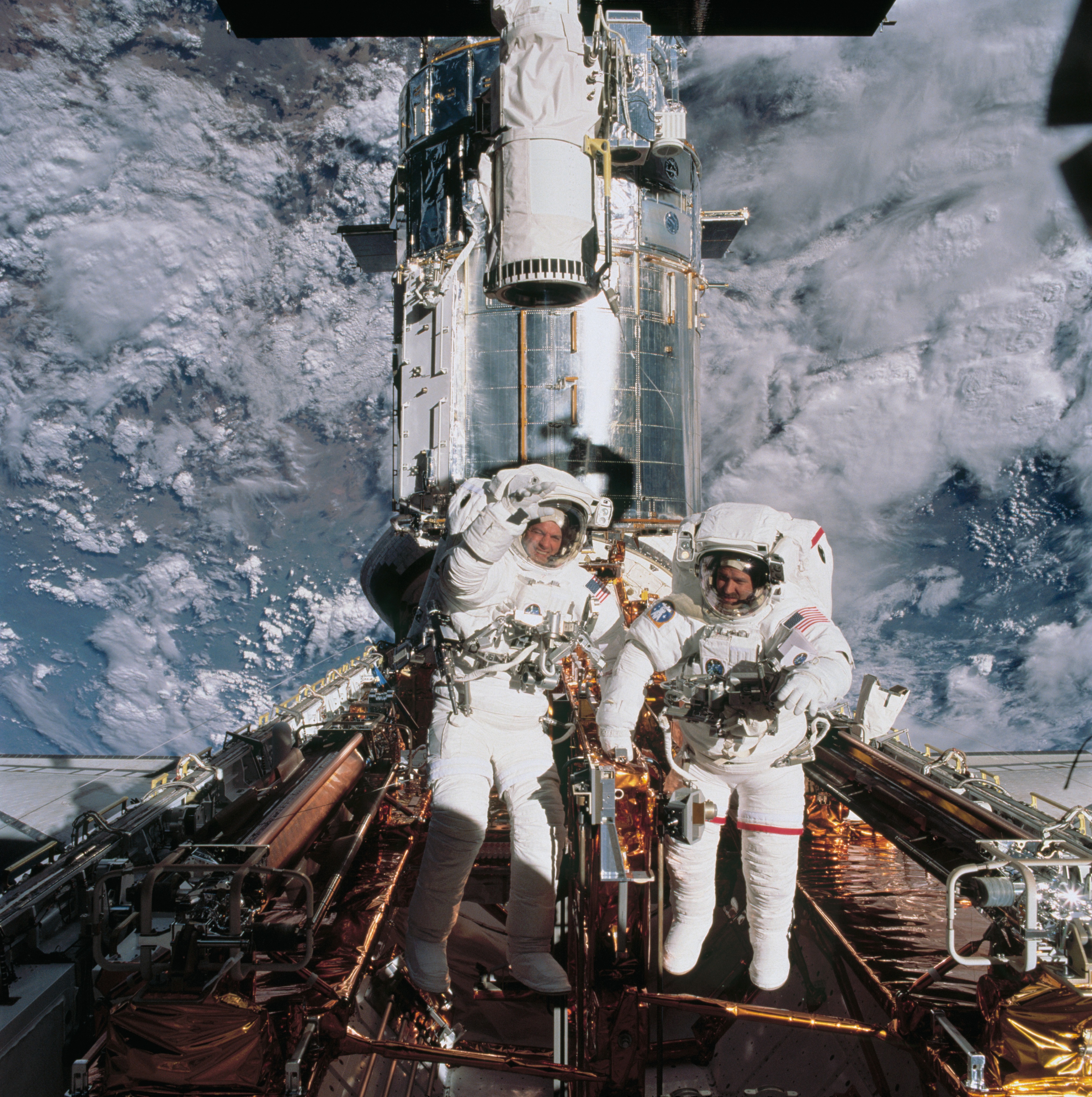
March 9, 2002 – Hubble Released Back Into Orbit
The crew of SM3B used Columbia's robotic arm to lift Hubble from the cargo bay and release it back into its orbit.
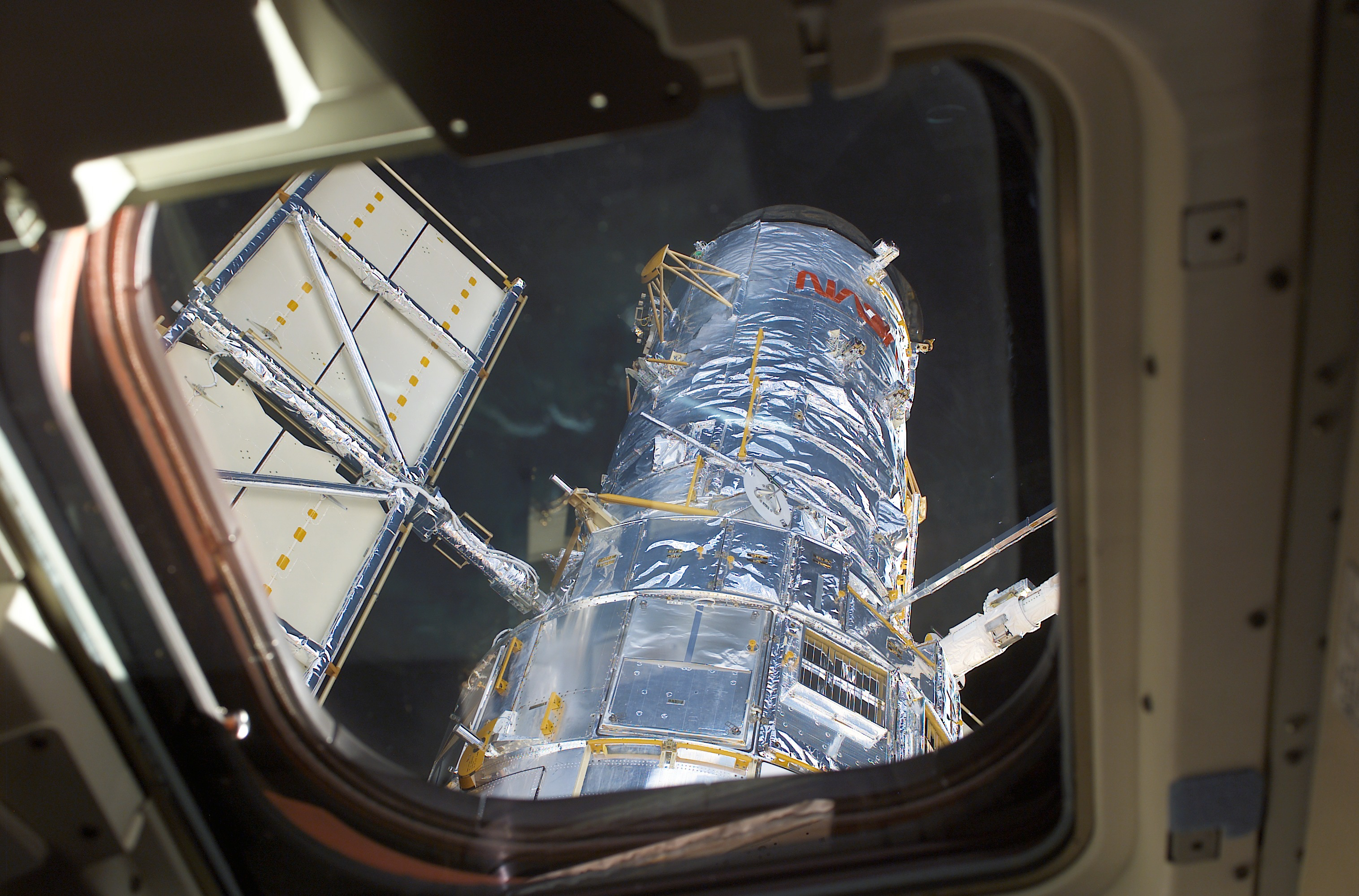
March 12, 2002 – Servicing Mission 3B Comes to a Close
The fourth servicing mission to Hubble came to a close as the Space Shuttle Columbia landed back at Kennedy Space Center at 4:33 a.m.
